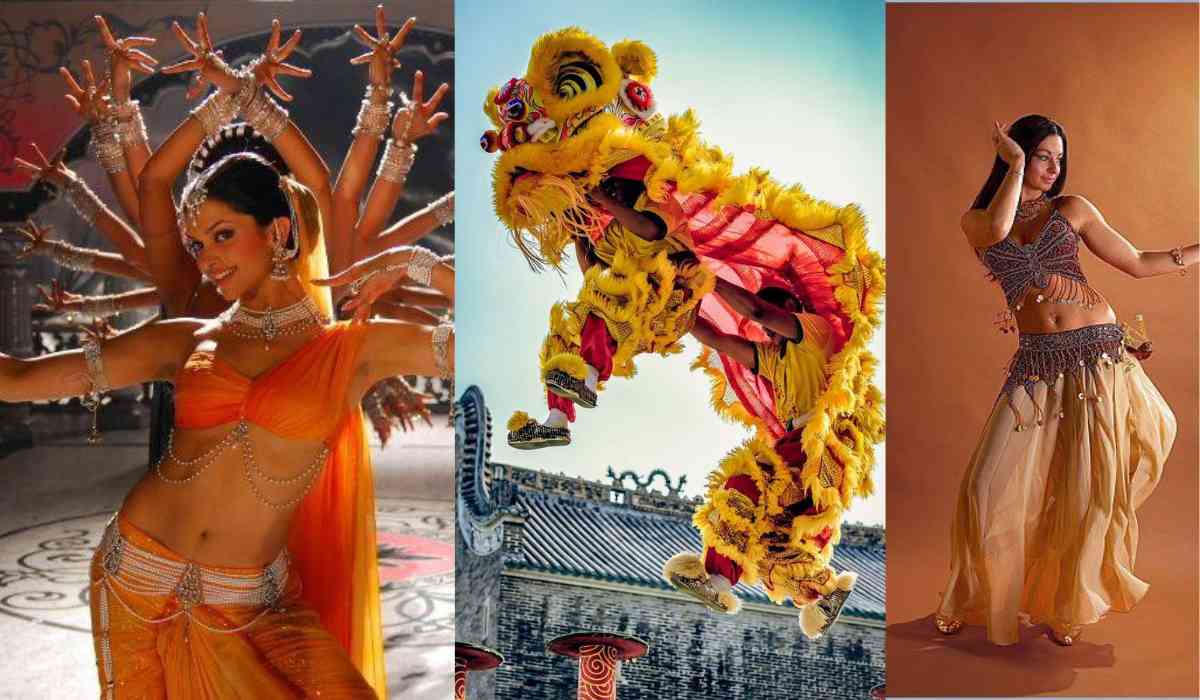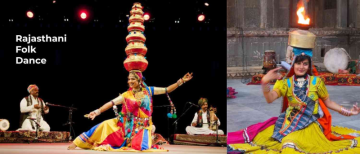“Life Happens, Dance Helps”
On April 29, The World celebrates International Dance Day, encouraging the dance community to share their work with a larger audience, celebrating dance as a universal language and promoting dance in education, health, and social cohesion. People embrace dancing on this day and spread the joy of movement to others.
As we mark World Dance Day 2024 today, We have brought to you 5 Unique Dances from around the world, You’ll be amazed to read about
Top 5 Unique Dance Forms in the World
China’s Dragon Dance
The Chinese dragon dance is a lively celebration having its roots in myth and folklore. Originating in China's Han Dynasty, the dragon dance has evolved from a rain ritual to a festive tradition like Chinese New Year, symbolizing prosperity and humanity's bond with nature. ‘Dragon’ is a cherished symbol of Chinese culture, representing wisdom, power, and prosperity. Beyond its vibrant appearance, the dragon dance embodies celebration, unity, and hope.
The dragon dance is all about the amazing dragon costume, carefully made to impress. It has a very colourful appeal, with each colour carrying a special meaning. Green represents prosperity, yellow symbolizes tradition, and gold and silver signify fortune. Red signals joy and new beginnings. In the dance, vibrant colours like red, gold, and green symbolize wealth and vitality.
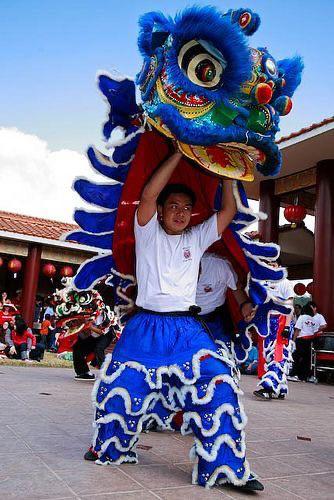
In the Dragon Dance, the costume includes a big head and a long, twisting body, coming in different sizes, from small to incredibly long, over 100 metres. They are typically made from various materials like grass, bamboo, paper, and cloth, crafted with great care. Bamboo strips are woven into tubular shapes and covered with beautiful red cloth decorated with dragon scales. People believe that longer dragons bring more luck to the audience. The Performers move together to make the dragon look like it's gliding smoothly on Polls, with drummers and musicians. There is a belief that encountering the dragon during its dance will bring luck. After the dance, the dragon's head and tail are ceremonially burned, while its body is respectfully returned to the temple for future performances.
Video Credit: Asia HOT (YouTube)
The dragon dance is a highlight of Chinese New Year, bringing energy and splendour to parades worldwide. From the Lunar New Year to the Lantern Festival, the dragon's presence wards off evil spirits and invites good fortune as per popular belief.
Belly Dance
Belly dancing, which has graceful isolations, captivating rhythms, and fluid movements, is today recognised as an art form that has mesmerised audiences for ages. The origin of Raqs Sharqi, the Middle Eastern name for belly dance, is a mystery. However, Belly dancing has a rich history, some people link it to ancient Egypt and Greece, while others think Roma (Gipsies) brought it to the Middle East from India. Regardless of its origins, belly dance has evolved over millennia, influenced by migrations, cultural exchanges, and artistic innovations.
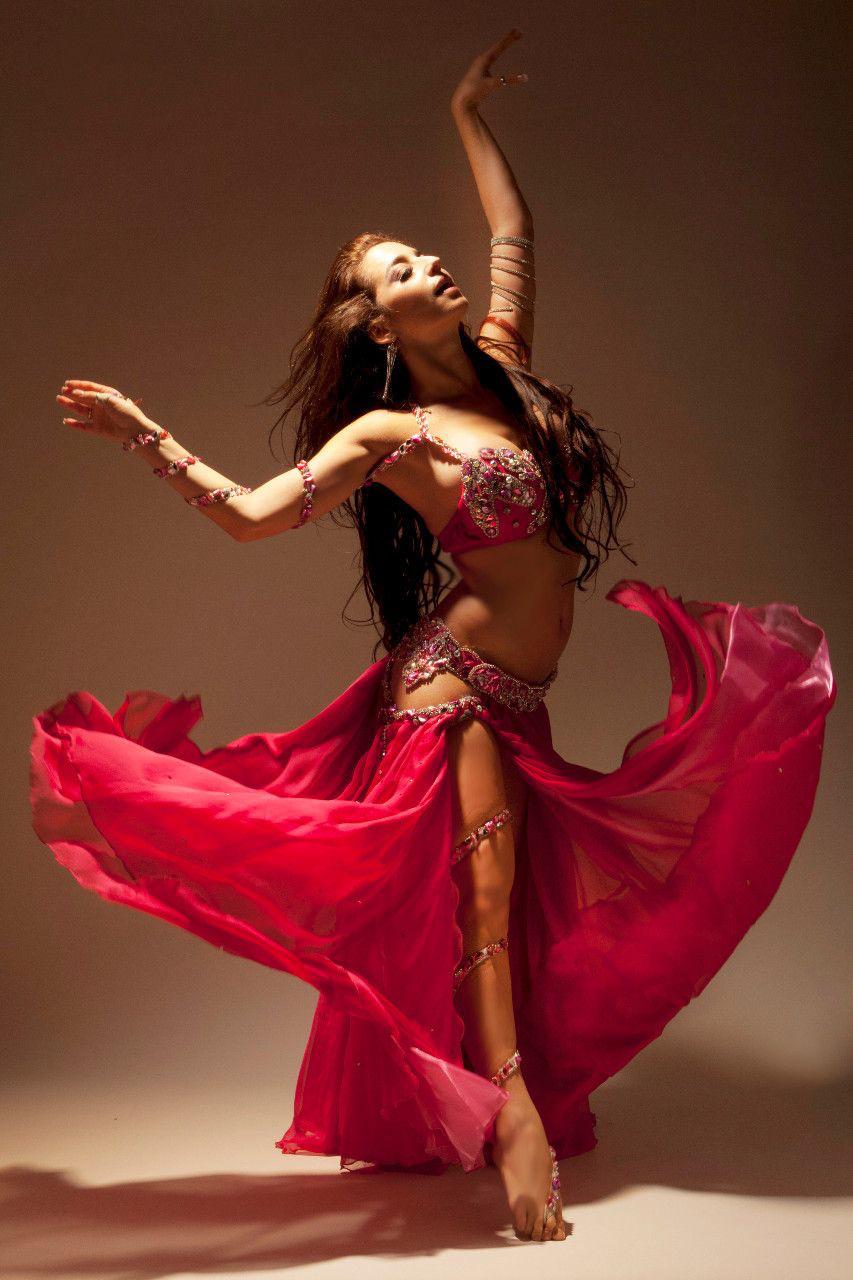
Belly dancing has traditionally been a part of Middle Eastern weddings, festivities, and social events. It functioned as a means of celebration of femininity, self-expression, and social bonding. But when it became a kind of public entertainment, it changed in meaning and presentation, especially in light of colonial interactions and European tourists.
Belly dance eventually made a name for itself in Western popular culture, impacting entertainment, fashion, and art despite cultural prejudices and misconceptions. Professional belly dancers are considered artists who perform in ways that combine innovation and tradition to display their talent and originality. Belly dance is always changing, incorporating new styles and methods as it transitions from traditional folk dances to contemporary renditions. However, there are still misconceptions and cultural appropriation attached to this dance form, it continues to get stigmatised or misinterpreted in many areas.

Brazil's Samba
Samba Dance embodies the inclusive spirit of Brazilian culture, with its contagious rhythms and exuberant gestures. Samba brings people together in joyful celebration and group expression, whether they are in the busy streets of Rio's favelas or the splendour of Carnival celebrations.
Samba Dance originated in the 16th century as a fascinating fusion of African and European influences. The roots of the Samba dance can be discovered in Brazil's sugar cane farms, where African slaves transported there by Portuguese colonists found comfort in dancing and music. Samba de Roda's throbbing rhythms echoed across the estates, serving as a metaphor and artistic expression in the face of adversity.
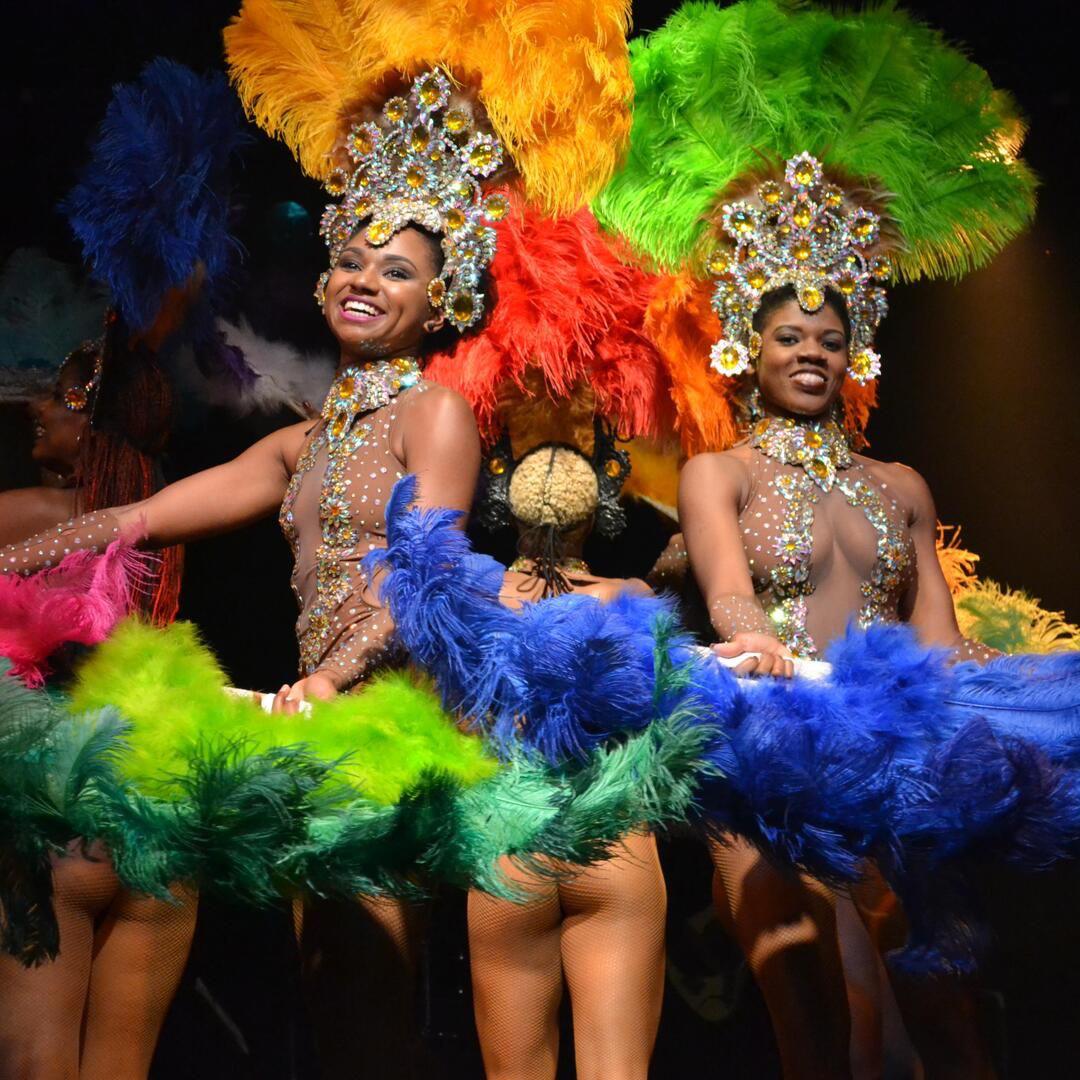
Following the abolition of slavery in 1888, liberated Africans moved to cities such as Rio de Janeiro, where they blended their colourful customs with the city's multiculturalism. The result of this union is the energetic dance and upbeat rhythms of urban Carioca Samba. "Pelo Telefone," credited to Ernesto Joaquim Maria dos Santos, often known as Donga, was written in 1916 and is regarded as the first Samba song ever recorded. This was a significant turning point in the genre's popularisation. Jazz, bossa nova, and choro were all incorporated into Samba music over time, capturing the attention of listeners worldwide as well as in Brazil.
The dance has evolved into a variety of forms. Originating in Rio's dance clubs, Samba de Gafieira combines Argentine Tango, Polka, and Maxixe elements while exhibiting grace and athleticism. Samba no pé is a solo dance that embodies the spirit of traditional Samba rhythms with its fast footwork and swaying movements.
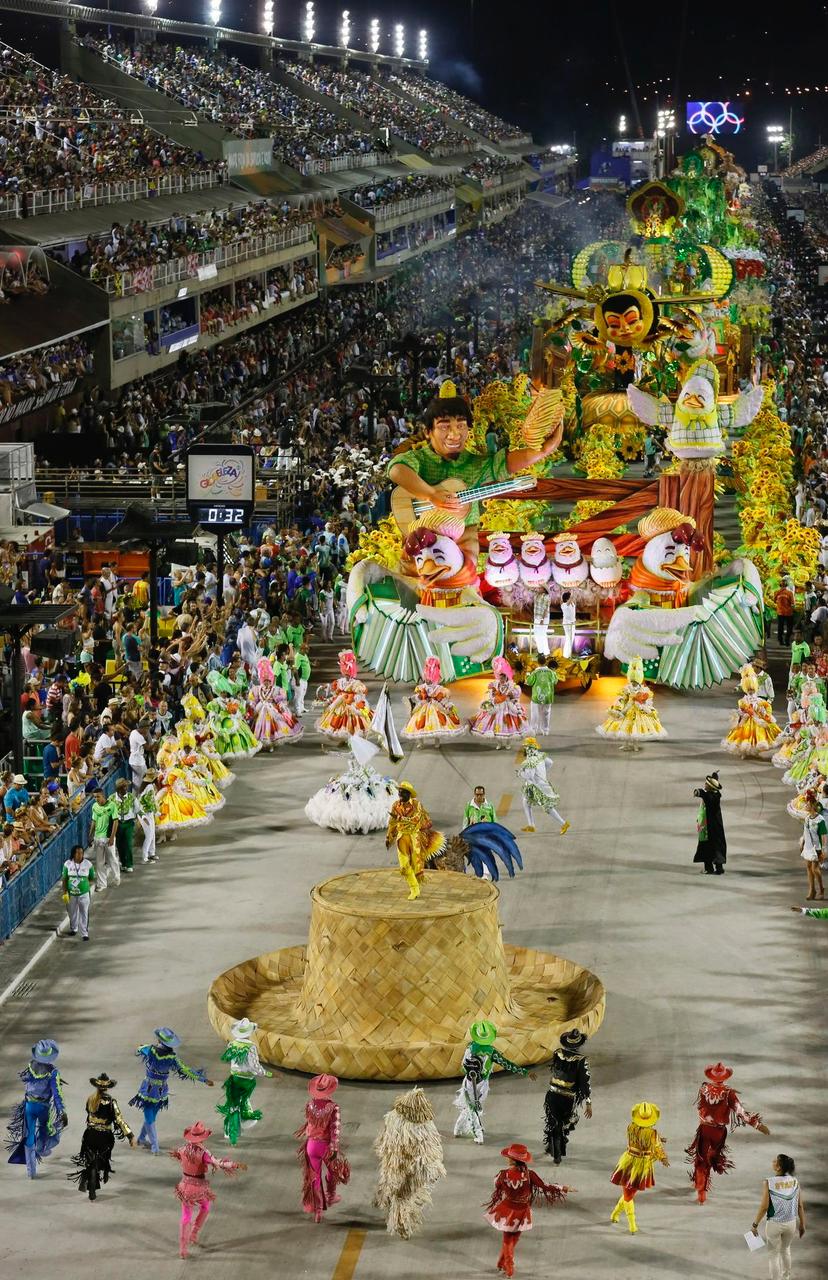
Samba Pagode, Samba Reggae, and Samba Axe, provide distinctive interpretations that range from pensive, slow-moving choreography to aerobic dance. Every style enhances the rich cultural legacy of Samba dance by adding to its colourful tapestry.
Russia’s Beryozka Dance
The ethereal grace and captivating allure of Russia's Berezka dancers have mesmerized audiences worldwide for almost 75 years. Known as the State Academic Choreographic Ensemble Berezka when they were founded in 1948, these mysterious artists have won praise and admiration from audiences all over the world with their seemingly weightless and floating moves.
Video Credit: Volupsa/Astrid (YouTube)
The mysterious "floating step," which was developed by the troupe's founder and original choreographer, Nadezhda Nadezhdina, is at the core of the Berezka dance phenomenon. This avant-garde style, which was born out of the combination of ballet and traditional Russian folk dance elements, involves taking small, delicate steps on the low half-toe while keeping a particular posture, giving the impression that you are gliding across the stage with ease.
The Berezka dancers wear floor-length sarafans, resembling the swaying of birch trees with their raised arms and rigid torsos. Their dance symbolizes the resilience and beauty of the Russian spirit, echoing the significance of birch trees in Russian culture, which are revered for their purity, youth, and femininity.
The Berezka dance is deeply ingrained in Russian folklore and tradition, despite their ethereal appearance. Inspired by the over millennium-old khorovod rituals, which were carried out to honour the sun god Yaril, the dance features hand gestures that represent symbols as well as circle and line formations.
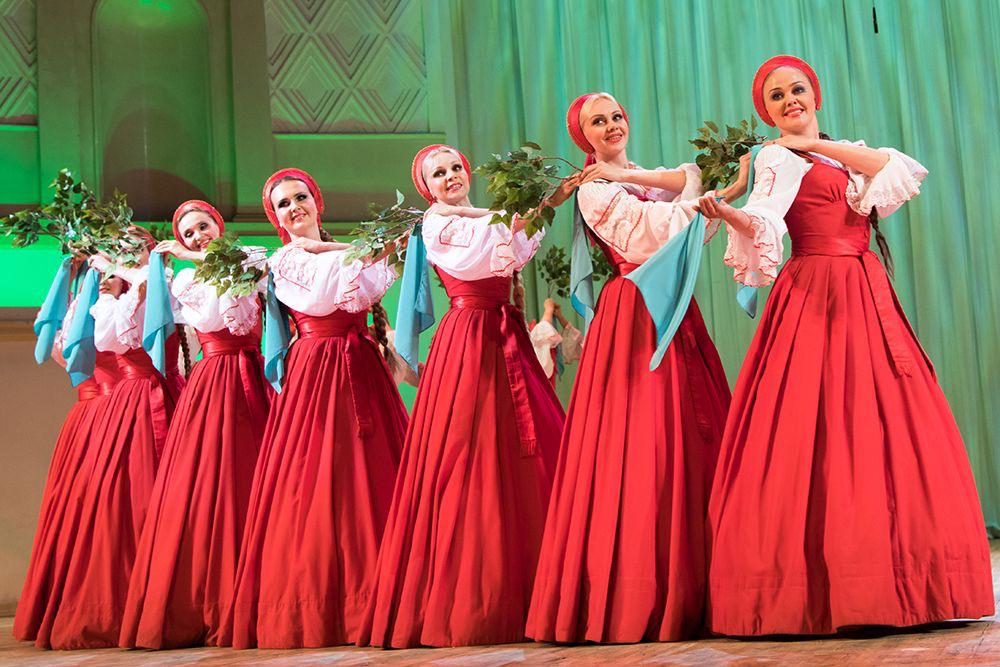
Bollywood Dance
The vibrant city of Mumbai, formerly known as Bombay, is home to Bollywood, one of the most fascinating and varied film industries in the world. With its distinctive blend of Indian culture and Hollywood glitz and glamour, Bollywood has made a name for itself in the world of entertainment. Indian dance forms, a captivating art form, is the focal point of this cinematic extravaganza. The very name "Bollywood" is inspired by Indian folk and classical dance styles like Kathak and Bharata Natyam along with adopting new styles, fusing disco, cabaret, and finally hip-hop.
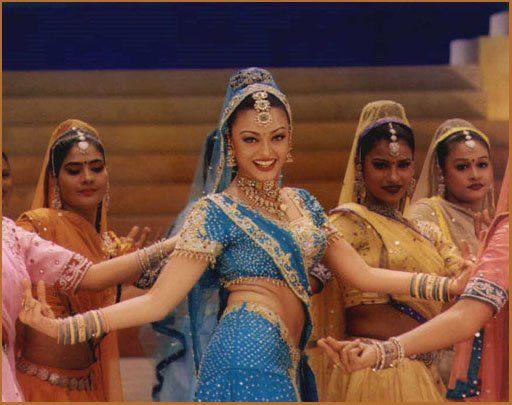
The best thing about Bollywood dance is that anyone can learn about this art form and appreciate its beauty, regardless of background or experience. Bollywood dance is a great place for beginners to start because of its well-organized choreography and focus on elegance and style. Learning the rhythms of Bollywood can bring happiness and fulfilment to aspiring dancers, who can perform anything from basic two-step moves to complex arm gestures. Bollywood's contagious energy and brilliant colours have made a lasting impression on popular culture, from the streets of Mumbai to the stages of New York City.
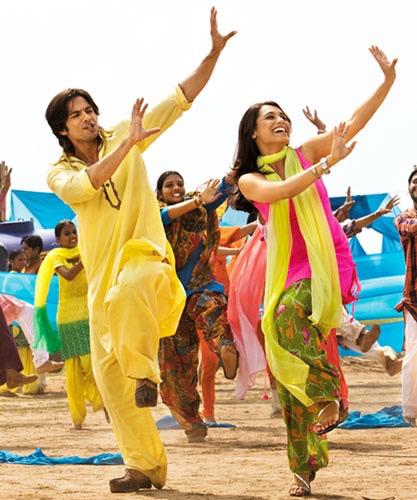
"Bollywood aesthetic" dance has been embraced by celebrities such as Madonna, Shakira, and Britney Spears, who have incorporated it into their stage shows and music videos.
Photo Credit: Multipe Sources
Ⓒ Copyright 2024. All Rights Reserved Powered by Vygr Media.

